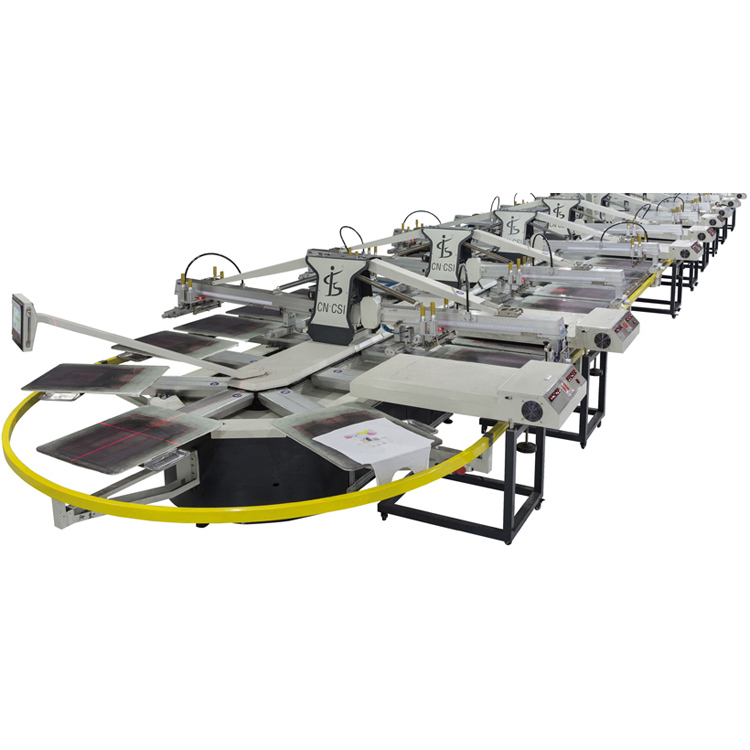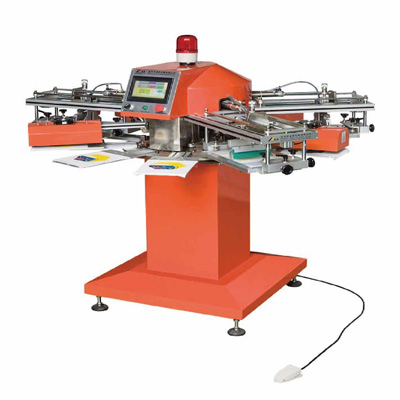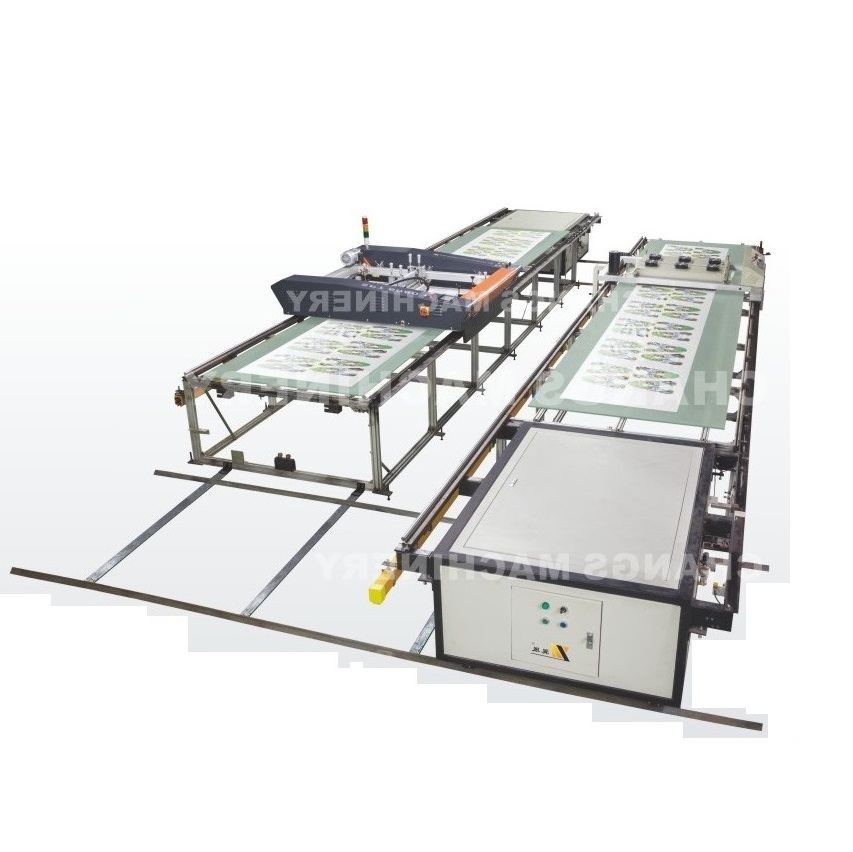In today's fast-paced consumer market, efficiently and attractively packaging products is crucial for success. Packaging machinery automates this complex process, ensuring consistency, speed, hygiene, and cost-effectiveness across countless industries. From the food we eat to the medicines we take and the electronics we use, packaging machines play a vital, often unseen, role.
Definition of Packaging Machinery
Packaging machinery refers to a broad category of automated or semi-automated equipment designed to perform various tasks involved in preparing, filling, sealing, labeling, coding, and handling products within their primary, secondary, or tertiary packaging. These machines handle materials like films, pouches, bottles, cans, cartons, trays, and boxes, transforming bulk products into saleable, protected, and branded units ready for distribution and retail.
Types of Packaging Machines
The packaging machinery landscape is vast, with specialized equipment for nearly every need. Here are some of the most common and critical types:
Function: Precisely measures and fills dry, free-flowing or non-free-flowing powders into bags, pouches, jars, cans, or containers.
Uses: Ideal for products like flour, spices, milk powder, protein supplements, coffee, cocoa, baking soda, detergents, cement additives, and chemical powders. They often use auger fillers or weigh fillers for accuracy.
Key Features: Dust extraction systems, precision weighing systems (gross/net), specialized augers for different flow characteristics.
Function: Securely applies straps (plastic PET/PP or steel) around boxes, cartons, bundles, pallet loads, or other items to unitize them, prevent shifting during transit, and deter tampering.
Uses: Essential in logistics, warehousing, printing, brick/block manufacturing, metal fabrication, and any industry shipping boxed or bundled goods. Used for pallet stabilization, bundling pipes/tubes, securing corrugated boxes.
Key Features: Can be manual, semi-automatic, or fully automatic; tensioning and sealing mechanisms (friction weld, seal/clamp, notching); options for top-only or top-and-bottom strapping.
Function: Accurately measures and fills granular or small particle products (larger than fine powders but smaller than chunks) into various packaging formats.
Uses: Perfect for items like rice, grains, seeds, nuts, snacks (chips, popcorn), candy, pet food, fertilizers, plastic pellets, and hardware items (screws, nails). Often use volumetric cup fillers or multi-head weighers for high speed.
Key Features: Gentle product handling to avoid breakage, vibratory feeders for consistent flow, customizable cup sizes or weighing heads.
Function: Fills liquids of varying viscosities (from water-thin to pastes) into bottles, jars, cans, pouches, or containers without significant spillage or foaming.
Uses: Widely used in beverages (water, juice, soda), dairy (milk, yogurt), oils (cooking, motor), sauces (ketchup, mayo), cosmetics (lotions, shampoos), chemicals (cleaners, solvents), and pharmaceuticals (syrups). Filling methods include gravity, piston, pump, overflow, and vacuum.
Key Features: Drip-less nozzles, anti-foaming systems, CIP (Clean-in-Place) capability, precise level or volume control.
Function: Removes air from the package (creating a vacuum) before sealing it. Often includes gas flushing (Modified Atmosphere Packaging - MAP) where inert gases replace the air.
Uses: Primarily for food preservation (meats, cheeses, fish, vegetables, ready meals) to extend shelf life by inhibiting bacterial growth and oxidation. Also used for electronics (to prevent corrosion), medical devices, and textiles (to reduce bulk).
Key Features: Vacuum pump strength, gas flushing capabilities (for MAP), chamber type (external for bags, chamber for rigid containers), seal bar quality.
6. Horizontal Packaging Machine:
Function: Forms pouches or bags horizontally from a continuous roll of flexible film. The product is placed into the formed pouch, and then it's sealed and cut into individual packages. Operates continuously.
Uses: Extremely versatile for packaging a vast range of solid, granular, or liquid items: snacks (chips, cookies), frozen foods, coffee, pet food, hardware, medical devices, toys, personal care products. Creates pillow packs, gusseted bags, or block-bottom bags.
Key Features: High speed, efficient film usage, flexibility to handle different product shapes and sizes, integration with checkweighers and metal detectors.
Advantages of Packaging Machines
1. Enhanced Efficiency and Productivity: Automated machines operate 24/7 at consistent speeds, far outpacing manual labor.
2. Precision and Quality Control: Machines ensure uniform filling and secure sealing (e.g., airtight vacuum packs), reducing human error and maintaining brand consistency.
3. Cost Savings: While initial investment is significant, long-term benefits include lower labor costs, minimized product waste, and reduced damage from inadequate packaging.
4. Versatility: Modern machines adapt to diverse products and packaging materials. For instance, a horizontal packaging machine can switch between different film types with minimal reconfiguration.
5. Compliance and Safety: Many machines meet industry standards and include safety features like automatic shut-off during jams, protecting both products and operators.
Conclusion
Packaging machinery is a cornerstone of modern manufacturing, offering tailored solutions for every product type and industry. By understanding their functions and advantages, businesses can optimize packaging processes, enhance product protection, and meet consumer demands efficiently.
Packaging Machines FAQs
Q1. How do I choose the right machine for my product?
Consider factors like product type (powder, liquid, granules), packaging material (bag, bottle, tray), production volume, and budget. Consult manufacturers for customized solutions—e.g., a vacuum packing machine is ideal for preserving meats, while a strapping machine suits palletized logistics.
Q2. What maintenance is required for packaging machines?
Regular maintenance includes cleaning contact parts, lubricating moving components, and checking seal integrity. Follow the manufacturer's schedule; for example, vacuum machines may need filter replacements every 6 months to maintain suction efficiency.
Q3. How do vacuum packing machines extend shelf life?
By removing oxygen, vacuum packing slows bacterial growth and oxidation, which are major causes of spoilage in food products. This technique can extend shelf life by 2–5 times compared to non-vacuum packaging.






